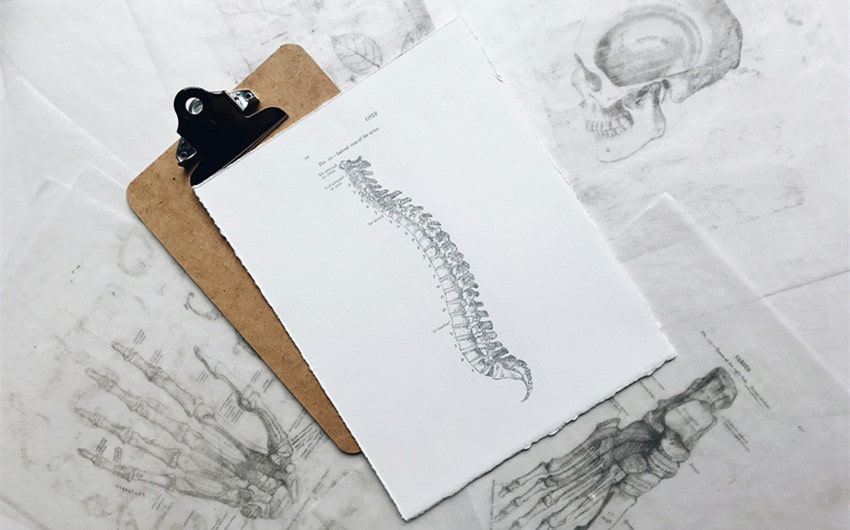The Financial and Clinical Case for Charting Assistance
Administrative overload. That’s what destroys morale in exam rooms across the country. Doctors who once dreamed of patient-first care now burn out, ticking boxes and fighting software instead of treating the people in front of them. Hospitals stare down mounting costs, insurance claims bounce back, and everyone loses—except, perhaps, the vendors selling more complex solutions every year.
There’s a way through this mess that doesn’t involve more bureaucracy or another labyrinthine digital platform. Charting assistance: not a silver bullet, but maybe—finally—a tool that can give clinicians their time back and help keep clinics from drowning under paperwork.
Unseen Labor, Visible Results
Every minute spent clicking through electronic records is a minute stolen from actual medicine. Enter charting assistants: some virtual, some human, many hired through the fast-expanding world of medical scribe jobs. Is it just outsourcing data entry? Not quite. These specialists lighten an otherwise crushing load, translating messy clinical narratives into precise documentation.
The result? Physicians talk to patients instead of screens; mistakes drop as real-time note-taking catches errors early, and appointment times shrink because there’s less after-hours homework left behind. Hospitals see smoother billing cycles thanks to cleaner records. Cutting out redundant busywork isn’t glamorous—but it is quietly revolutionary.
The Price Tag Has Layers
Skip the sticker shock for one second and look at the ledger with fresh eyes—charting assistants don’t cost; they save. Consider turnover: physicians quitting isn’t cheap—recruitment fees skyrocket fast when clinics scramble to fill empty chairs again and again. Lost productivity? Even costlier if doctors spend prime hours on clerical work rather than seeing patients (the activity that keeps hospitals afloat).
True expenses emerge only by ignoring ripple effects, such as slow claim processing or denied bills due to inadequate documentation. So yes, there’s payroll involved—but compare it with hemorrhaging cash from burnt-out staff or delayed revenue streams.
Quality Upgrades Aren’t Optional
When charting gets sloppy—narratives chopped short, relevant data omitted—the fallout lands everywhere: wrong drug interactions missed here, confusing histories there, sometimes lawsuits down the road. Assistance brings order to chaos; suddenly, charts read like coherent stories rather than cryptic fragments meant only for audits nobody enjoys reading anyway.
Even compliance improves when paperwork matches standards by default, rather than by luck or last-minute, caffeine-fueled bursts before midnight EHR deadlines. That’s not luxury—that’s safety netting for everyone involved in care delivery.
Clinicians Stay Because They Can Breathe
Retention numbers don’t lie: happy doctors stick around longer and perform better work day after day. Charting assistance offers a release valve on relentless pressure—give someone else the keyboard sometimes, and watch mental health scores rise across departments almost overnight.
No more “click fatigue,” no more evenings lost catching up on notes while family dinners get cold at home—it matters more than any quarterly bonus ever will. Reducing burnout isn’t just soft talk in HR presentations; it transforms hospitals into places where clinicians want to stay, rather than plan their escape routes.
Conclusion
Stripped down to essentials: patient outcomes improve when clinicians aren’t buried beneath unending admin tasks—and so do hospital margins when inefficiency gets hunted down and eliminated for good. Charting assistance bridges that gap without flashy tech overhauls or empty promises about AI-fueled revolutions just around the corner (they never come as quickly as promised).
Real people helping real professionals document care is straightforward—and shouldn’t be optional anymore if healthcare leaders truly want results that last beyond next month’s report cycle.







